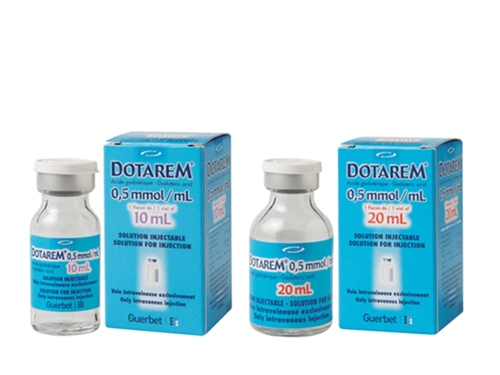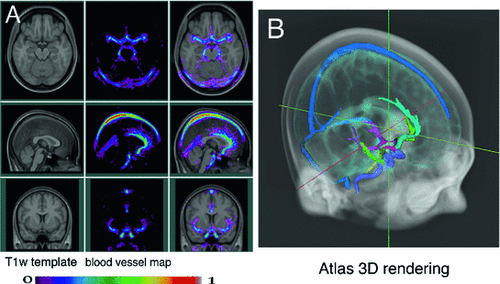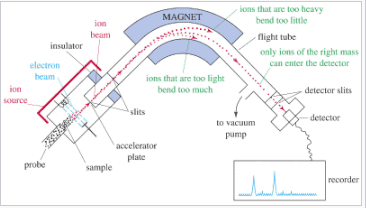This is an automatically translated article.
Differential diagnosis refers to the list of conditions occurring that can cause symptoms in a person. Your doctor will rely on this list along with a number of factors, including medical history and results from a physical exam and diagnostic tests, to make an accurate indication for treatment.
1. What is differential diagnosis?
Differential diagnosis is a process in which a doctor distinguishes between two or more conditions that can cause a person's symptoms. When making a diagnosis, a doctor can come up with a unique hypothesis about what's causing a person's symptoms. The doctor may then order tests to confirm the suspected diagnosis. Often, however, there is no laboratory test that can accurately diagnose the cause of a person's symptoms, as many conditions have similar symptoms and some manifest themselves in more than one way. difference. To make a diagnosis, your doctor may need to use a technique called differential diagnosis.
A differential diagnosis will be made through gathering information that the physician will obtain from: The person's medical history, including the physician's self-reported symptoms; physical examination ; Diagnostic testing
A differential diagnosis can be very helpful when there are many potential causes to consider. And the goal of differential diagnosis is to narrow down the active diagnosis; guidelines for medical evaluation and treatment; exclude conditions that are potentially life- or time-threatening; allow the doctor to accurately diagnose
2. Steps to perform differential diagnosis
Differential diagnosis including clinical or pathological diagnosis can take time. In order for the doctor to determine the correct diagnosis, he or she will do the following:
2.1. Taking History When preparing for the differential diagnosis, the physician will need to consider the complete medical history of the patient. Some questions the doctor may ask include:
What are your symptoms? How long have you been experiencing these symptoms? Do you have a family history of certain conditions? Have you recently traveled abroad? Taking the history will be quite important, if the respondent will answer all questions honestly and in as much detail as possible.
2.2. Performing a physical exam Next, your doctor will want to do a basic checkup. The examination may include taking the patient's heart rate; measure their blood pressure; listen to the patient's lungs or check other areas of the body from which symptoms may originate.
2.3. Conduct differential diagnostic tests After reviewing your medical history and physical exam, a doctor can have some idea of what may be causing a person's symptoms. Your doctor may order one or more diagnostic tests to rule out certain conditions. Tests may include: Blood tests; urinalysis ; Imaging tests, such as: X-ray ultrasound/or MRI ; CT scan ; Endoscopic.

Một số xét nghiệm chẩn đoán phân biệt cần được chỉ định
3. Examples of differential diagnosis
Examples of common differential diagnoses include:
3.1 Chest tightness Chest pain is a symptom that can have many causes. Some cases can be relatively mild, while others are serious and require immediate medical attention.
If a person is experiencing symptoms of chest pain, the doctor will need to ask questions to determine certain factors, such as the location of the pain, the severity and frequency of the pain. Questions about these symptoms may include:
How are you feeling? Describe the feeling. Where do you have pain? Does the pain extend to any other part of your body? Is there anything that is causing the pain? How long has the pain lasted? Is there anything that makes the pain better or worse? When applying the symptoms, the doctor hopes to be able to classify chest pain into one of the following categories:
Cardiovascular: Unstable angina and possibly accompanied by a heart attack. Lungs: Pulmonary embolism; pulmonary arterial hypertension ; pneumonia. Gastrointestinal: Gastroesophageal reflux disease, which can lead to Barrett's esophagus and peptic ulcers. Musculoskeletal: Rib fractures and other trauma to the chest wall or sternum. Other: This category describes other potential causes of chest pain, such as lymphoma. Once the doctor has narrowed down the type of pain, he will order diagnostic tests to determine the potential cause of the pain. These tests may include an electrocardiogram (EKG); echocardiography (echo); Endoscopic; X-ray.
3.2. Headaches Headaches are common and can make it difficult for a doctor to determine when a headache is a benign irritation and when it is a serious health problem.
During the differential diagnosis, the physician will seek to identify the red flags associated with the pain condition and these include the onset of sudden or severe headache or traumatic pain. love. Severe headaches can be sudden in onset and can also be seen as a sign of an underlying medical condition such as subarachnoid hemorrhage or pituitary tumor.
Severe headache with sudden onset may be known as an indicator of some underlying medical condition, such as subarachnoid hemorrhage or pituitary tumor. Headache after head trauma may be a sign of an intracranial hemorrhage, a subdural hematoma, or an epidural hematoma.
The doctor will ask the following questions to determine if the headache poses a serious danger to the person's health:
Can the headache start gradually, slowly, or suddenly? Is there anything that causes the headache? Does the pain seem to spread to any other area of the body? If so, where? What kind of pain do you have? Is it throbbing, dull, or something else? Can your pain level be taken on a scale of 1 to 10? Do you have frequent headaches? How bad was your first headache? Is this headache the same as your usual headaches? Do you have other symptoms associated with the headache?

Chẩn đoán phân biệt tình trạng nhức đầu cần thông qua quá trình thăm khám
In some cases, the doctor may perform a neurological exam. This exam can assess many factors, including: Reaction or sensation of touch; deep tendon reflexes; motor strength; gait.
Medical history and routine physical examination can narrow down possible causes of headaches. Neuroimaging tests using a CT scan or an MRI can help rule out or confirm certain diagnoses.
3.3. Stroke Stroke needs to be diagnosed and treated promptly to avoid dangerous complications. As a result, many physicians turn to a differential diagnosis when considering the possibility of stroke.
During the physical examination, the doctor will check the patient for the following symptoms of a stroke: Reduced mental alertness; problems with coordination and balance; problems with eyesight; numbness or weakness of the face, arms, or legs; difficulty speaking or communicating.
Your doctor will review your medical history to see if you have any medical conditions that may increase your risk of stroke. Such conditions include: High blood pressure ; High cholesterol ; Diabetes ; Atherosclerosis, including carotid artery disease.
Then, the doctor will order the subject to perform one or more of the following tests:
Blood test CT scan, to look for possible bleeding on the brain MRI scan, to check whether or not brain tissue shows signs of damage ECG or EKG, to look for heart-related problems that may have caused a stroke
4. How to interpret the results
The subject of the patient can be carried out many tests to help diagnose before the doctor confirms the diagnosis. Therefore, some patients may have multiple negative test results before being diagnosed. However, each negative test result for a patient brings a doctor closer to finding the cause of a person's symptoms.
In some specific cases, it may be that some patients are indicated to initiate treatment before the physician can make a differential diagnosis. However, if this case has too many potential causes for symptoms, prompt treatment is needed to prevent possible further complications.

Sau khi chẩn đoán phân biệt, bác sĩ sẽ đưa ra kết quả và giải thích với người bệnh
For a specific treatment that can provide valuable, detailed information about the cause of the disease's symptoms. The differential diagnosis refers to the list of conditions that can occur and can cause a person's symptoms. Your doctor will base a list of possible conditions along with a number of factors, including medical history and the results of a physical exam or diagnostic test results. Many conditions share similar symptoms, which can make some diseases difficult to diagnose using an undifferentiated diagnostic approach. A differential diagnosis may be necessary in some cases where there are multiple potential causes of a person's symptoms.
To perform a differential diagnosis can be a long, worrisome and frustrating process. However, a rational and systematic approach can allow a doctor to pinpoint the exact underlying cause of a person's symptoms.
Vinmec International General Hospital is one of the hospitals that not only ensures professional quality with a team of leading medical doctors, modern equipment and technology, but also stands out for its examination and consultation services. comprehensive and professional medical consultation and treatment; civilized, polite, safe and sterile medical examination and treatment space.
Please dial HOTLINE for more information or register for an appointment HERE. Download MyVinmec app to make appointments faster and to manage your bookings easily.
References: healthline.com, medicalnewstoday.com













